Popular
How to Build the Perfect Oral Care Routine in 2025
Jul 30
Why Your Gums Bleed and How to Fix It Fast in 2025
Jul 30
Top 5 Oral Care Mistakes and How BrushO Fixes Them
Jul 29
What Makes a Toothbrush “Smart”?
Jul 22
BrushO Smart Toothbrush: Gentle, Powerful, Travel-Friendly
Jul 19
BrushO: The Future of Smart Oral Care—Redefining the Way You Brush
Jul 17
Back
What Causes Tooth Sensitivity?Aug 22
Aug 22
Tooth sensitivity causes are more common than you think—millions of people experience sharp discomfort when eating ice cream, drinking coffee, or even brushing their teeth. This sensitivity often results from enamel erosion, gum recession, or over-brushing. In this article, we’ll explain the key reasons behind tooth sensitivity, what daily habits make it worse, and how smart electric toothbrushes such as BrushO can protect your teeth and gums for long-term relief.
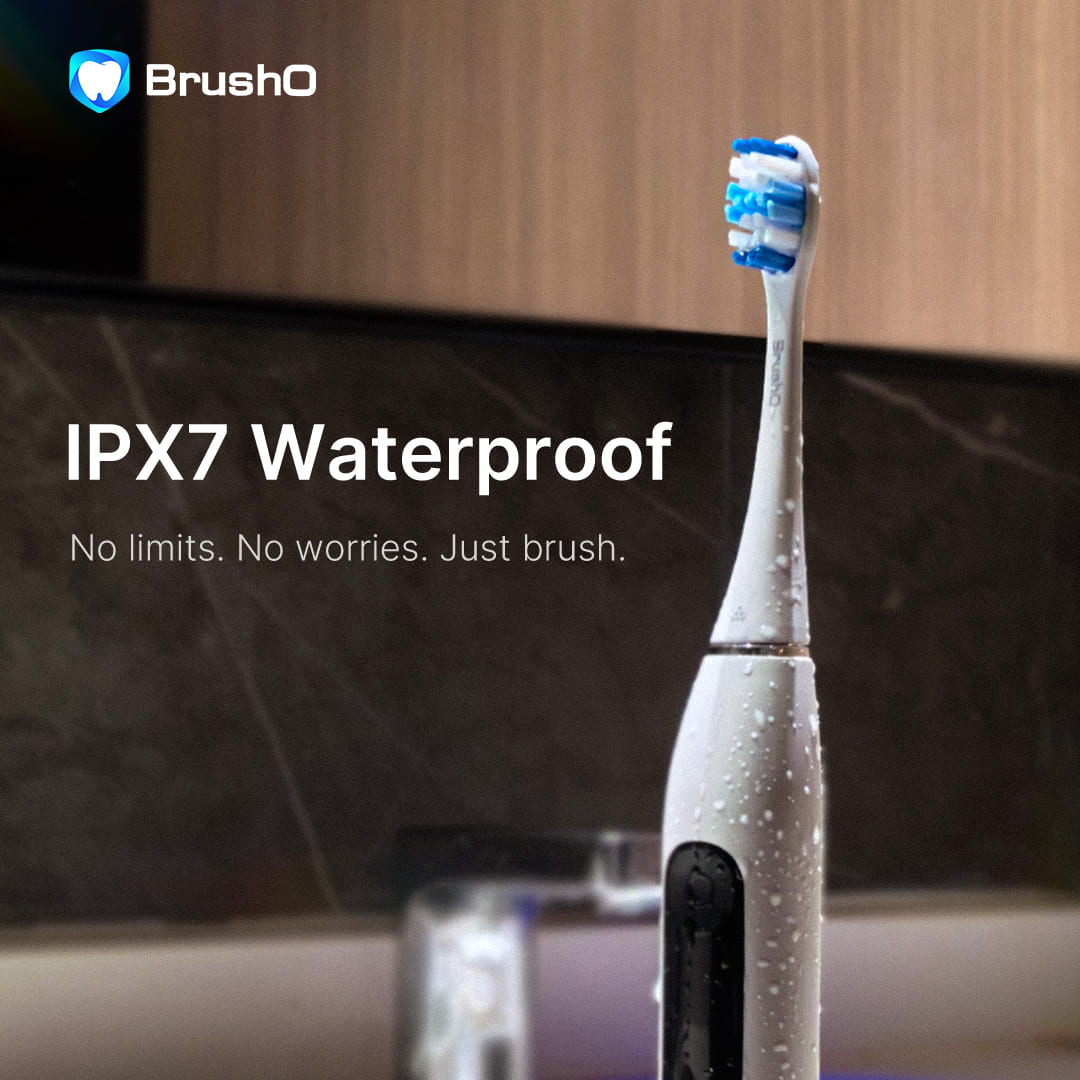
The Science Behind Tooth Sensitivity
Tooth sensitivity occurs when the dentin—the inner layer beneath the enamel—becomes exposed. Normally, enamel acts as a shield, but when it wears down or gums recede, the dentin’s microscopic tubules allow hot, cold, or acidic sensations to reach the nerves inside your tooth. This is why even a sip of iced water can feel painful if your teeth are sensitive.
Common Causes of Tooth Sensitivity
1. Enamel Erosion
Enamel can weaken due to:
- Frequent consumption of acidic foods or drinks (soda, citrus, wine)
- Grinding teeth at night (bruxism)
- Overzealous brushing with hard bristles
2. Gum Recession
As gums recede—either from age, gum disease, or aggressive brushing—roots become exposed. These root surfaces have no enamel, making them more sensitive.
3. Over-Brushing
Ironically, brushing too hard or using a stiff-bristled manual toothbrush can strip enamel and irritate gums. This is one of the most overlooked reasons for sensitivity.
4. Dental Treatments
Recent whitening procedures, fillings, or orthodontic adjustments can temporarily increase sensitivity.
How Smart Electric Toothbrushes Help with Sensitivity
Switching to a gentle electric toothbrush is one of the best steps for sensitive teeth:
- Pressure Sensors 🚦: Prevent brushing too hard, reducing enamel wear.
- Soft, Replaceable Brush Heads 🔄: BrushO includes three heads, with options designed for gentle cleaning.
- Customized Brushing Modes ✨: BrushO offers multiple modes, including settings ideal for sensitive teeth and gums.
- Real-Time Brushing Feedback 📱: Teaches users proper brushing habits to avoid future damage.
Together, these features ensure that brushing cleans effectively without aggravating sensitivity.
Lifestyle Tips to Reduce Sensitivity
- Use toothpaste for sensitive teeth with fluoride.
- Avoid highly acidic foods and drinks, or rinse with water after consuming them.
- Wear a night guard if you grind your teeth.
- Schedule regular dental check-ups to address underlying gum issues.
Why BrushO Is a Smart Choice
BrushO’s AI-powered system doesn’t just clean—it protects.
For people with sensitive teeth, its gentle brushing heads, smart pressure control, and real-time feedback make it a safer, smarter alternative to manual brushes. By combining oral health innovation with ease of use, BrushO helps users enjoy daily care without fear of pain.
Final Thoughts
So, what causes tooth sensitivity? From enamel erosion and gum recession to daily brushing habits, the triggers are many—but they’re also manageable. By understanding the causes and using a smart toothbrush designed for sensitivity, you can protect your smile, reduce discomfort, and build healthier habits for the future.
👉 Learn more: BrushO
👉 Try the BrushO AI-Powered Toothbrush and feel the difference in every brush.
Popular
How to Build the Perfect Oral Care Routine in 2025
Jul 30
Why Your Gums Bleed and How to Fix It Fast in 2025
Jul 30
Top 5 Oral Care Mistakes and How BrushO Fixes Them
Jul 29
What Makes a Toothbrush “Smart”?
Jul 22
BrushO Smart Toothbrush: Gentle, Powerful, Travel-Friendly
Jul 19
BrushO: The Future of Smart Oral Care—Redefining the Way You Brush
Jul 17
Recent Posts
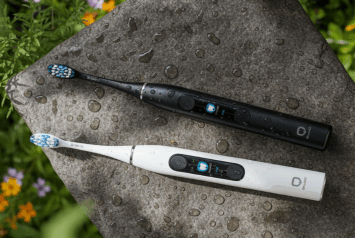
BrushO Is Building a Toothbrush People Actually Love
Discover why BrushO is more than just a toothbrush. Designed using behavioral psychology, ergonomic comfort, and emotional intelligence, it’s the smart toothbrush people genuinely enjoy using daily.
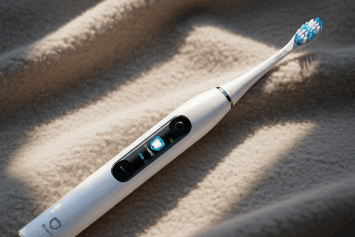
How Does Stress Affect Your Oral Health?
Discover how stress silently impacts your oral health—from teeth grinding to gum issues—and learn how BrushO helps protect your smile during stressful times.
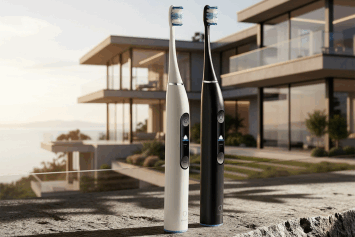
Why Your Teeth Still Feel Dirty After Brushing
Think brushing twice a day is enough? Discover the real reasons your teeth still feel dirty—and how smart brushing with BrushO can fix it. Learn how to brush better, not just more.
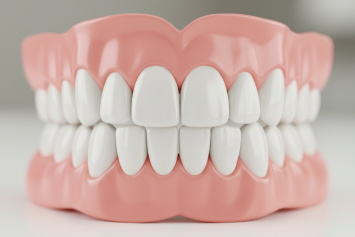
How to Properly Care for Your Dentures?
Learn how to properly clean, store, and maintain your dentures to extend their life, prevent oral infections, and ensure all-day comfort. Expert denture care tips for seniors and caregivers.
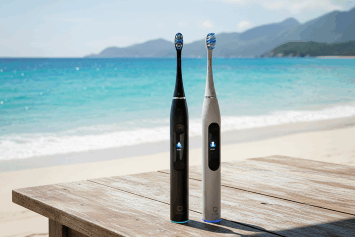
Is Brushing Angle Really That Important?
Discover why the angle at which you brush your teeth matters more than you think. Learn how the correct brushing angle can improve oral health, prevent gum disease, and enhance cleaning efficiency with BrushO’s smart feedback system.
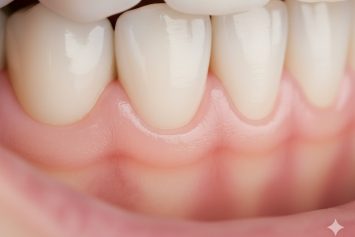
How to Clean Your Gumline
Discover why cleaning your gumline is crucial for oral health. Learn expert tips and how BrushO’s smart toothbrush technology ensures optimal gumline care every time you brush.

Are You Ignoring the Most Overlooked Area in Your Mouth?
Discover why ignoring one small area in your mouth could be sabotaging your entire oral hygiene routine. Learn how to clean it properly and how smart toothbrushes like BrushO can help.
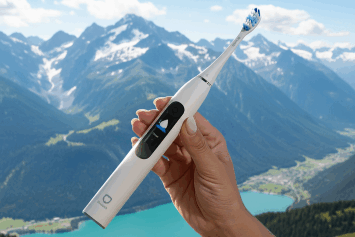
Why Everyone Needs Smart Brushing Guidance
Discover how smart brushing guidance helps prevent cavities, gum disease, and enamel erosion. Learn why AI-powered toothbrushes like BrushO are changing oral care forever.
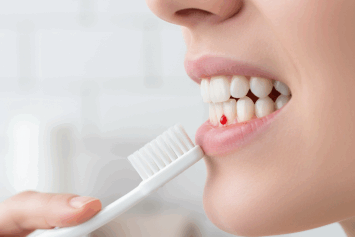
Why Do Gums Bleed When You Brush?
Bleeding gums when brushing is often a sign of poor oral health—not just brushing too hard. Learn what causes it, how to prevent it, and how smart toothbrushes like BrushO can protect your gums.

Brushing Before or After Breakfast?
Should you brush your teeth before or after breakfast? Discover the science, dental expert advice, and how BrushO helps you build a smarter morning oral care routine.
